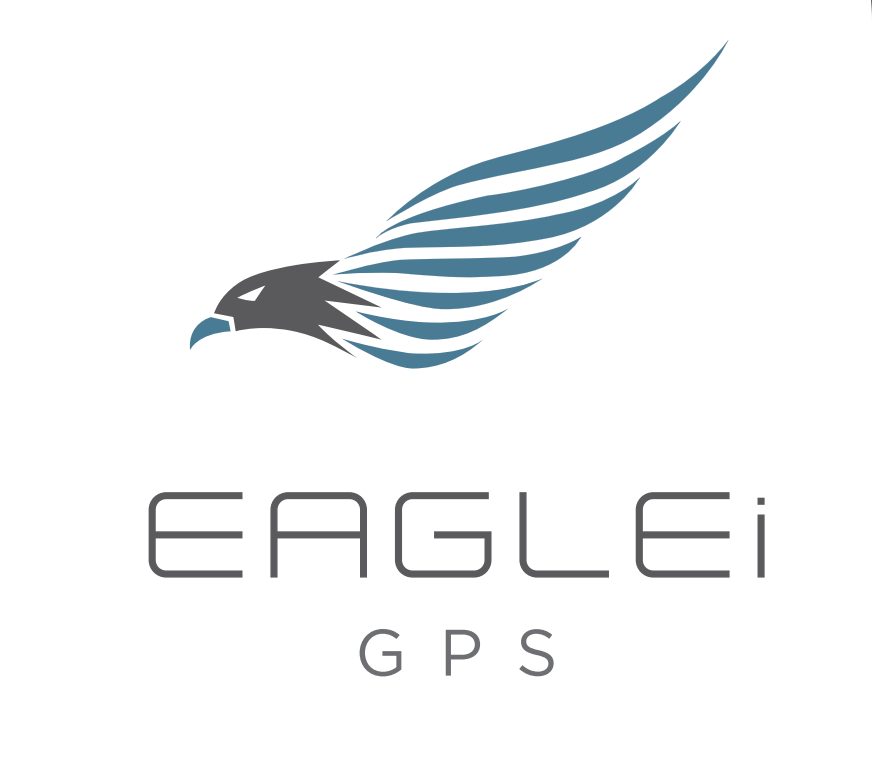Tracing the Journey: The Evolution of GPS Fleet Tracking in Canada
The expanse of Canada’s geographical terrain is matched only by the immense strides the nation has taken in technological advancement, particularly in the transportation industry. One such advancement, which stands as a testament to Canada’s innovative spirit, is GPS fleet tracking. As we venture into this topic, we’ll take a trip down memory lane, retracing the footsteps of the development and deployment of GPS fleet tracking systems in Canada.
1. The Backdrop
Before we get into the heart of the matter, it’s essential to grasp the significance of this technology in the context of Canada’s vast landscape. From the bustling streets of Toronto to the remote roads of the Yukon, ensuring efficient and safe transportation has always been paramount. And this is where the story of GPS fleet tracking in Canada begins.
2. Early Beginnings: A Humble Start
The origins of GPS (Global Positioning System) can be traced back to the 1970s when the technology was primarily a military tool. However, it didn’t take long for commercial sectors to realize its potential.
- Basic GPS Devices: The initial commercial use of GPS in Canada was rudimentary at best. These early devices could only provide basic location information. Often bulky and with limited features, they were primarily used for navigation in unfamiliar terrains.
- The Rise of Dedicated Fleet Tracking: As businesses began to recognize the importance of managing their fleets more efficiently, specialized GPS devices tailored for fleet management were developed. These systems provided not just location data but also basic details about vehicle speed and direction.
3. The Transformation Era: From Passive to Active Tracking
The significant leap in GPS fleet tracking technology came with the distinction between passive and active tracking.
- Passive Tracking Systems: These systems would store data like location, speed, and vehicle events, which could be downloaded and analyzed later. While beneficial, their drawback was the lack of real-time information.
- Active Tracking Systems: This innovation changed the game. Businesses could now monitor their fleets in real-time, gaining insights into vehicle location, driver behavior, and other vital metrics as they happened.
4. Modern Innovations: The Age of Real-time Monitoring and Advanced Analytics
With the dawn of the digital age and the advent of technologies like the cloud and 4G/5G connectivity, GPS fleet tracking systems in Canada underwent another transformation.
- Real-time Monitoring: Companies could now track and communicate with their vehicles anytime, anywhere. This capability improved response times, enabled better route optimization, and enhanced safety measures.
- Advanced Analytics: Modern systems not only provided data but also analyzed it. Fleet managers could gain insights into driver behavior, fuel efficiency, maintenance needs, and much more. Predictive analytics even allowed businesses to foresee potential issues and address them proactively.
- Integration with Other Systems: Another notable evolution was the ability to integrate GPS tracking with other business tools, such as inventory management and customer relationship management (CRM) systems. This seamless integration provided a holistic view of operations, driving efficiency and profitability.
Conclusion
The journey of GPS fleet tracking in Canada, from its rudimentary beginnings to its current sophisticated form, mirrors the nation’s spirit of innovation and adaptability. As the technology continues to evolve, Canadian businesses stand to gain even more, ensuring that their fleets operate efficiently, safely, and profitably.







